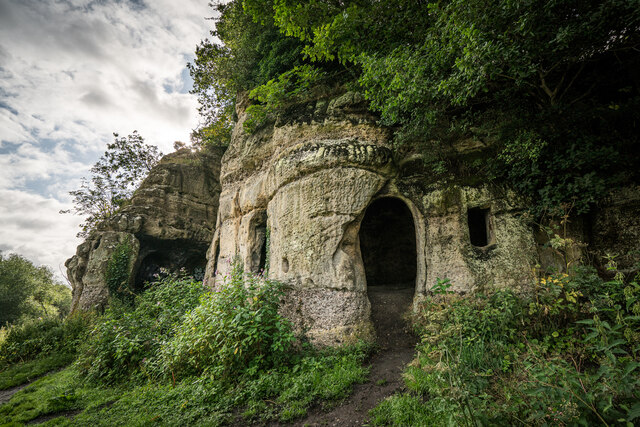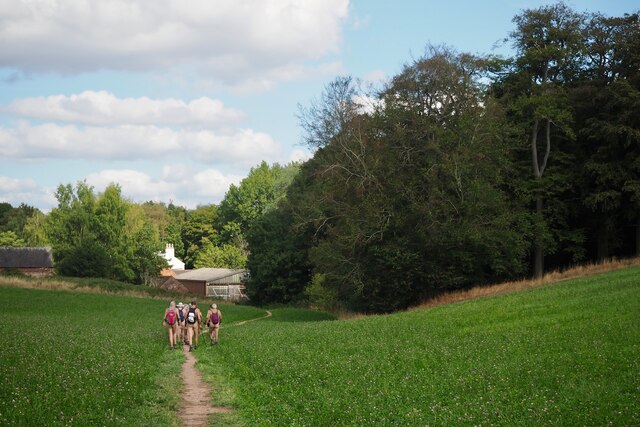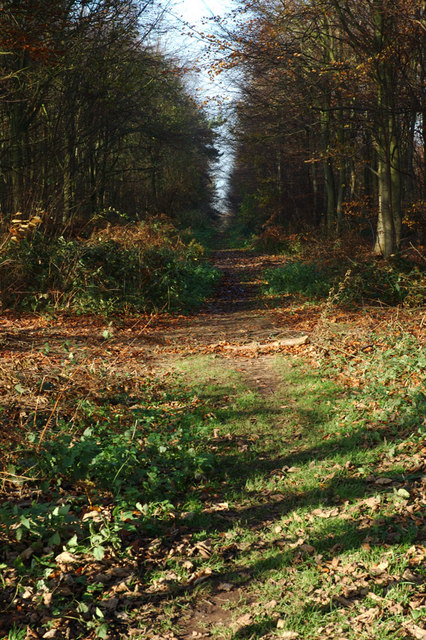Beard's Plantation
Wood, Forest in Derbyshire South Derbyshire
England
Beard's Plantation

Beard's Plantation is a picturesque woodland area located in Derbyshire, England. Spread across a vast expanse, the plantation is known for its dense and thriving forest, making it a popular destination for nature enthusiasts and hikers alike.
The woodland is predominantly made up of mature oak and beech trees, with their majestic canopies providing a serene and tranquil atmosphere. The plantation boasts a diverse range of flora and fauna, with an array of wildflowers, ferns, and mosses carpeting the forest floor, creating a vibrant and colorful landscape.
Several well-maintained walking trails meander through the plantation, offering visitors the chance to explore its beauty. These trails cater to different fitness levels and range from short, leisurely strolls to more challenging hikes. Along the way, hikers may encounter wildlife such as squirrels, rabbits, and a variety of bird species, adding to the charm of the area.
Beard's Plantation is also home to a small, serene lake, providing a peaceful spot for visitors to relax and enjoy the scenic surroundings. The lake is teeming with aquatic life, and fishing enthusiasts can try their luck in catching perch, roach, and carp.
Overall, Beard's Plantation in Derbyshire offers a perfect escape from the hustle and bustle of everyday life, allowing visitors to immerse themselves in the beauty of nature. Whether it's a leisurely walk, a challenging hike, or simply a moment of tranquility by the lake, this woodland paradise has something to offer everyone.
If you have any feedback on the listing, please let us know in the comments section below.
Beard's Plantation Images
Images are sourced within 2km of 52.834795/-1.5110317 or Grid Reference SK3326. Thanks to Geograph Open Source API. All images are credited.


Beard's Plantation is located at Grid Ref: SK3326 (Lat: 52.834795, Lng: -1.5110317)
Administrative County: Derbyshire
District: South Derbyshire
Police Authority: Derbyshire
What 3 Words
///roosters.however.operated. Near Repton, Derbyshire
Nearby Locations
Related Wikis
St Saviour's Church, Foremark
St Saviour's Church, Foremark, is a Grade I listed parish church in the Church of England in Foremark, Derbyshire. == History == The church dates from...
Repton Prep
Repton Prep (formally Repton Preparatory School) is a co-educational Private Preparatory School in Foremark, Derbyshire, England which caters for day and...
Foremarke Hall
Foremarke Hall is a Georgian-Palladian country house and manor house. Completed in 1762, the Hall is located at the manor (hamlet) of Foremark, near the...
Foremark
Foremark is a hamlet and civil parish in the South Derbyshire district of Derbyshire, England. It contains Foremarke Hall, a medieval manor house which...
Milton, Derbyshire
Milton is a hamlet 6 miles south-west of Derby and 1.5 miles east of Repton. Its population is around 200. It is thought to have been established by the...
Anchor Church
Anchor Church is the name given to a series of caves in a Keuper Sandstone (Triassic conglomerate) outcrop, close to the village of Ingleby, Derbyshire...
Heath Wood barrow cemetery
Heath Wood barrow cemetery is a Viking burial site near Ingleby, Derbyshire. == Description == Heath Wood contains a series of 59 barrows which is a Viking...
Ingleby, Derbyshire
Ingleby is a hamlet and civil parish in South Derbyshire, England, situated to the south of the River Trent on a rise between Stanton by Bridge and Repton...
Nearby Amenities
Located within 500m of 52.834795,-1.5110317Have you been to Beard's Plantation?
Leave your review of Beard's Plantation below (or comments, questions and feedback).




















